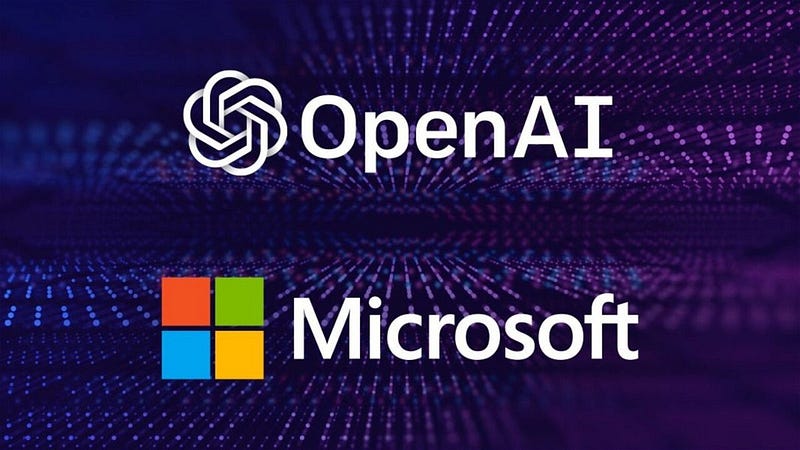Introduction
In the rapidly evolving landscape of the digital age, Artificial Intelligence (AI) is becoming the driving force behind countless industries, revolutionizing traditional methods and opening avenues for innovation. Leading the charge in this transformative journey is the tech giant Microsoft, leveraging the power of AI to reshape the future of work. This article offers a comprehensive exploration of Microsoft’s vision for an AI-powered future of work, unveiling the strategies, applications, and impact on the contemporary workforce and beyond.
Microsoft and Artificial Intelligence: An Overview
Microsoft, a global pioneer in technology, has consistently been at the forefront of AI research and development. Their commitment to harnessing AI’s potential extends beyond product development, underpinning a comprehensive strategy to reinvent productivity, business processes, and work itself. The essence of Microsoft’s approach to AI is deeply rooted in their mission: “To empower every person and every organization on the planet to achieve more.”
Microsoft’s AI-Driven Vision for the Future of Work
Microsoft’s vision for the future of work is centered around integrating AI capabilities seamlessly into their products and services, fostering a work environment where humans and AI collaborate to boost productivity, enhance creativity, and drive innovation.
AI in Microsoft’s Ecosystem: Key Elements
1. AI in Office 365: Microsoft Office 365 has become a platform where AI-driven capabilities are thriving. Features like PowerPoint Designer and QuickStarter, Excel Insights, and MyAnalytics harness AI to offer personalized assistance, streamline tasks, and provide insightful data to users.
2. Cortana: Microsoft’s virtual assistant, Cortana, uses AI to provide personalized reminders, answer questions, and offer helpful suggestions, thereby augmenting personal productivity.
3. LinkedIn and AI: After Microsoft’s acquisition of LinkedIn, the professional networking platform has incorporated AI to enhance its services, such as offering more accurate and personalized job recommendations, learning course suggestions, and professional networking opportunities.
4. AI in Microsoft Teams: Microsoft Teams, the company’s communication and collaboration platform, leverages AI to enhance video meetings with features like background blur and automated transcription services.
5. AI and Analytics: Microsoft’s Power BI incorporates AI to provide powerful analytic capabilities, enabling businesses to make informed decisions based on data-driven insights.
Emphasis on AI Ethics and Responsible AI
In the pursuit of an AI-driven future, Microsoft places significant emphasis on responsible AI development. The company is committed to transparency, security, privacy, inclusiveness, and reliability in their AI initiatives. They have established guidelines and principles to ensure AI technologies are built and used responsibly, prioritizing human rights and ethical considerations.
The Impact of Microsoft’s AI-Powered Future of Work
The integration of AI into Microsoft’s offerings has the potential to dramatically transform how we work. Here are a few key ways:
Enhanced Productivity: AI can automate routine tasks, freeing up time for workers to focus on creative and strategic tasks that require human intelligence.
Improved Decision Making: AI and machine learning algorithms can analyze vast amounts of data to provide insights and predictions, enabling better-informed business decisions.
Increased Accessibility: AI technologies like automatic speech recognition (ASR), text-to-speech (TTS), and natural language processing (NLP) can make technology more accessible to people with disabilities.
Promoting Lifelong Learning: The integration of AI in platforms like LinkedIn Learning can provide personalized learning recommendations, promoting continuous skill development.
Conclusion
Microsoft’s vision for an AI-powered future of work is a testament to their commitment to digital transformation. By integrating AI into their ecosystem, they are paving the way for a new era of productivity and innovation, redefining the
concept of work in the process. While the journey towards this future is full of challenges, the potential benefits for individuals and organizations worldwide make it a pursuit worth undertaking.
Find more … …
Microsoft Excel Tutorial For Beginners – Count cells over 100 characters
Microsoft Excel Tutorial For Beginners – Count cells not between two numbers
Leveraging AI-Powered Tools in Microsoft 365 to Optimize Workday Productivity and Efficiency
